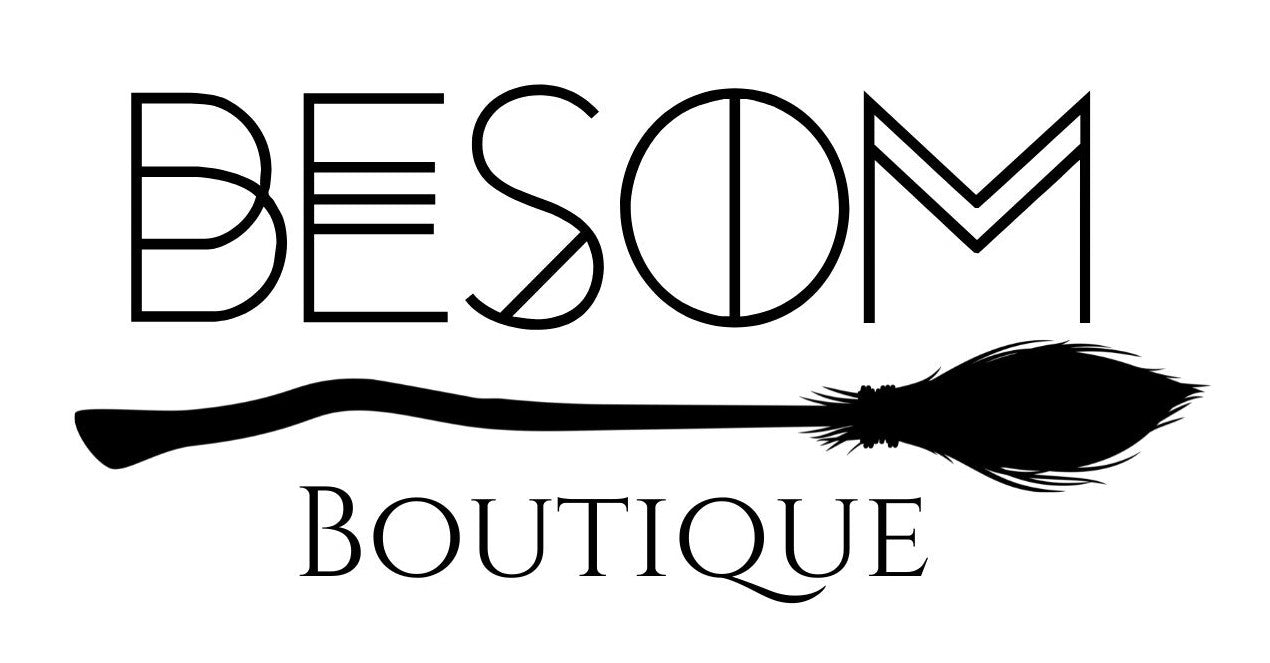The terms "pentagram" and "pentacle" are often used interchangeably, but there are actually some subtle differences between the two. In this blog post, we'll explore the history and symbolism of these two five-pointed figures, and the distinctions between them.
First, let's start with the pentagram. The pentagram is a five-pointed star, with each point representing one of the five classical elements: earth, air, fire, water, and spirit. It has been used as a symbol of protection and power for thousands of years in many different cultures, from ancient Babylon to modern-day Wiccans.
The pentagram has a rich and varied history, with many different interpretations depending on the culture and context in which it is used. In some traditions, it is associated with the goddess Venus or the planet Venus, while in others it represents the five wounds of Christ or the five virtues of chivalry.
Now, let's move on to the pentacle. The pentacle is a pentagram enclosed in a circle, often with additional symbols or inscriptions inside the circle. The circle is a symbol of unity, wholeness, and infinity, and it represents the universe or the divine.
In many traditions, the pentacle is used as a tool for protection and magic. It is often inscribed on talismans or amulets, or used in rituals to create a protective circle or to evoke specific energies or spirits.
So, what is the difference between a pentagram and a pentacle? Simply put, the pentacle is a pentagram with a circle around it. However, the two symbols can have different meanings and associations depending on the context in which they are used.
In some traditions, the pentacle is seen as a more powerful and protective symbol than the pentagram alone, because the circle adds an extra layer of energy and protection. In other contexts, the pentagram may be preferred as a more simple and straightforward representation of the five elements.
In some modern contexts, the terms "pentagram" and "pentacle" are used interchangeably, or the term "pentacle" is used to refer specifically to a piece of jewelry or other decorative object that features the pentagram symbol.














